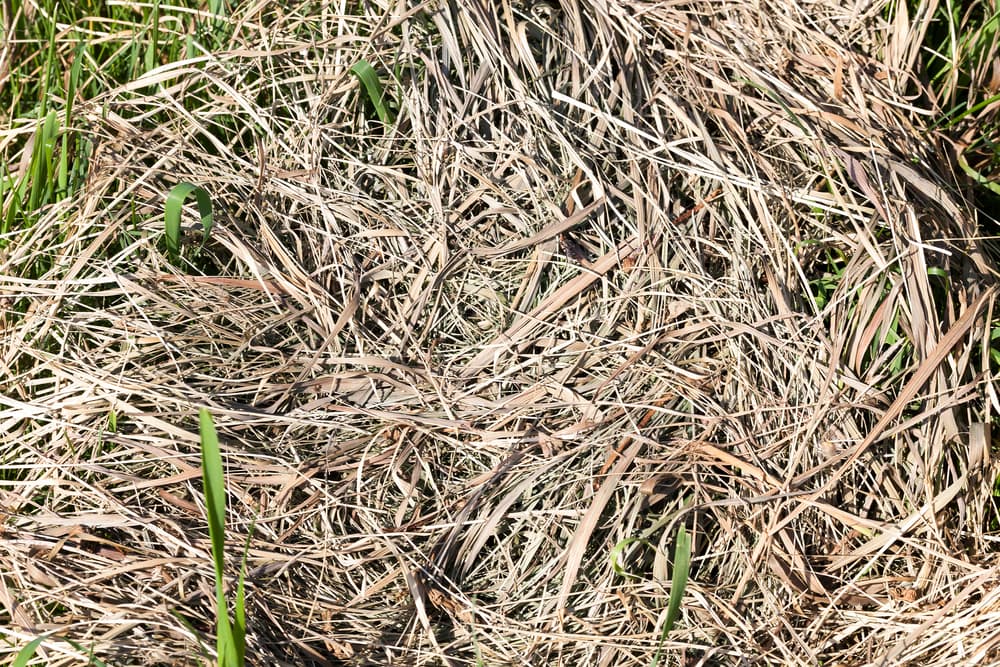Our hundreds of growing guides are each reviewed by RHS Master Horticulturists.
Our contributors include RHS Gold Medallists, estate gardeners, society members and more!
True grasses are plants in the family Poaceae – a series of one-leaved (monocot) flowering plants including cereal grasses such as wheat, maize, barley, oats, rye, bamboos – and the grasses of grassland, pastures and lawns.
However, in a horticultural context, when we talk about grasses we are also talking about pseudo-grasses such as sedges and rushes, which are commonly also grown for utility or ornamental purposes in a garden.
Though rushes and sedges are not true grasses, these members of the Poales order are still often spoken about as grasses – particularly in the context of ornamental grasses for a garden.
True grasses and grass-like sedges and rushes can all make excellent garden plants. Of course, it is common to use certain grasses to create a grass lawn, but ornamental grasses are also popular additions to beds and borders.
Most true grasses, including ornamental grasses and bamboos, will typically prefer sunny and well-drained conditions. However, there are also grasses that can cope well with more moist and waterlogged conditions, or in shade.
No matter what soil type and conditions you are contending with, it is likely that you will be able to find a grass to suit the situation.

If you are looking for options for a shadier or damper site, then sedges and rushes rather than true grasses can often be better options.
When making sure you can provide grasses with the right conditions, it is also important to make sure that you consider the needs of other plants grown close by.
Make sure that you avoid placing grasses that are too vigorous or prone to taking over in areas where they will overwhelm other plants in your garden.
If you are looking at grasses for a lawn or pasture, it is important to choose varieties that are suited not only to the environment but also to your needs.
For example, if you want a neat swathe but do not want to have to mow too often, choose slower-growing grasses. If you want kids or pets to be able to play freely, make sure you select hardy and tough species, that can cope with the traffic levels. If you want the grass for animal pasture/ forage or feed – make sure you choose a grass mix suited to the animals you wish to keep.
If choosing ornamental grasses, make sure that the options you choose are of the right size, form, appearance and growth habit for your scheme. Think holistically about your garden design and choose grasses that will grow happily and harmoniously alongside your other plant choices.
